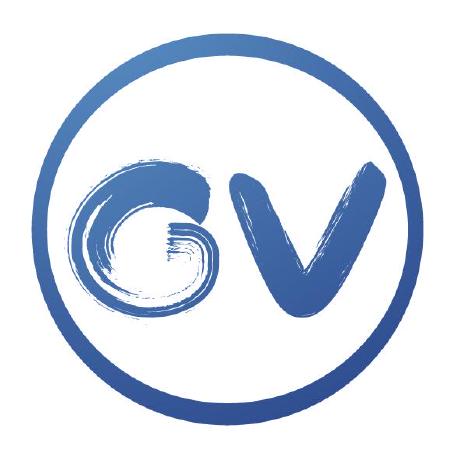Discover and explore top open-source AI tools and projects—updated daily.
Video-LLaMA by  DAMO-NLP-SG
DAMO-NLP-SG
Multimodal model for video understanding research
Top 15.5% on SourcePulse
Video-LLaMA is an instruction-tuned audio-visual language model designed for video understanding tasks. It empowers large language models with the ability to process and interpret both visual and auditory information from videos, making it suitable for researchers and developers working on multimodal AI.
How It Works
Video-LLaMA builds upon BLIP-2 and MiniGPT-4, integrating both a Vision-Language (VL) branch and an Audio-Language (AL) branch. The VL branch uses a ViT-G/14 vision encoder with a BLIP-2 Q-Former, enhanced by a two-layer video Q-Former and frame embedding layer for video representation. The AL branch employs the ImageBind-Huge audio encoder with a similar two-layer audio Q-Former and segment embedding layer. Both branches are pre-trained on large video-caption and image-caption datasets, then fine-tuned with instruction-tuning data from various multimodal chat datasets.
Quick Start & Requirements
- Install: Create a conda environment using
environment.ymland activate it. - Prerequisites:
ffmpegmust be installed. Full model weights for Video-LLaMA-2 (7B and 13B variants) are available. - Demo: Configure paths in
eval_configs/video_llama_eval_withaudio.yamland runpython demo_audiovideo.py --cfg-path eval_configs/video_llama_eval_withaudio.yaml --model_type llama_v2 --gpu-id 0. - Resources: Inference requires at least 1xA100 (40G/80G) or 1xA6000 GPU. Pre-training and fine-tuning recommend 8xA100 (80G) GPUs.
- Docs: Official Demo
Highlighted Details
- Supports both video-only and audio-visual understanding.
- Offers instruction-tuned checkpoints for enhanced conversational capabilities.
- Provides pre-trained checkpoints for further customization.
- Includes variants with Llama-2-7B/13B-Chat as the language decoder.
Maintenance & Community
The project has released VideoLLaMA2 with an updated codebase. News and updates are posted on the repository. Links to Hugging Face and ModelScope demos are provided.
Licensing & Compatibility
The project is intended for non-commercial research use only.
Limitations & Caveats
The online demo is primarily for English and may not perform well with Chinese questions. Audio support was initially limited to Vicuna-7B, though newer versions may have broader compatibility. The framework's ability to run on certain GPUs (e.g., A10-24G) has had past issues.
1 year ago
Inactive

 X-PLUG
X-PLUG kaleido-lab
kaleido-lab EvolvingLMMs-Lab
EvolvingLMMs-Lab mbzuai-oryx
mbzuai-oryx bytedance
bytedance magic-research
magic-research PKU-YuanGroup
PKU-YuanGroup yunlong10
yunlong10 OpenGVLab
OpenGVLab haotian-liu
haotian-liu